Review: ENO’s Flute is a sociopolitical minefield
OperaAlastair Macaulay reviews last night at English National Opera (where every night feels like the last).
by Alastair Macaulay
It’s hard to believe now that, just a few decades ago, Mozart’s opera “The Magic Flute” seemed a simple piece of story-telling to most of its worldwide audience, a vividly varied myth without pretentiousness. Today, much of it seems a sociopolitical minefield: didactic, cruel, dystopian. And yet its music, however, is by God, or at least by one of the top apostles.
The opera’s young hero, Tamino, has fallen in love with its heroine, Pamina, merely from seeing her portrait – but no sooner do these lovers meet in the flesh than they are brutally separated, are kept from communicating with each other and from asking any questions, and are put through alarming ordeals of Fire and Water. This highly questionable procedure is instigated by Sarastro, the leader who has also ordained that Pamina must be kept from her mother, who is not only wicked but (fasten your safety belts) a woman. Soon, even the lovelorn Tamino is spouting misogynistic warnings about the lies spread by women’s lips. Pamina, not unreasonably, is sent to such extremes of despair that she attempts suicide. All this is part of the path to Enlightenment. The good end happily, the bad unhappily: which is, as Miss Prism shrewdly observed, what fiction means.
Probably Mozart and his audience had no problems about which parts of this story were meant to be not entirely literal or serious, but today “The Magic Flute” is less enlightening than bewildering. Simon McBurney’s production at English National Opera, which returned to repertory on Wednesday evening (it’s recently also been adopted by the Metropolitan Opera, New York), is a fresh, no-nonsense exercise in metatheatre. On either side of the stage, friendly artists, in full view, create video projections and sound effects, while a suspended stage on top of the stage rises, tilts, and falls. The overt artifice involved in this staging does help at once to distance us from the story even while it involves us.
There are marvels along the way. I love how Tamino and we see Pamina’s portrait in the sky,l; I’m grateful that she is shown his portrait too; and the treatment of her mother, the dangerous Queen of Night, is original and effective. She’s a vengeful, ageing cripple, whose ambiguous but dazzling coloratura brilliance – sung from a wheelchair in which she cannot keep still – becomes an expression of her furious quest for domination and of her own personal frustration. As for the wannabe-rapist villain Monostatos being a blackamoor in the original scenario, that’s simply – and mercifully – ignored here.
Still, other creepy features are added. The three boys who guide Tamino and supervise Pamina are far from the embodiment of innocence: they’re aged and malign, like witches from “Macbeth”. Nothing is disguised about the way the very masculine Sarastro does tell the initiates “You must practice total submission even to the point of death”: shortly after which the half-enlightened Tamino sings of “the lies that women’s lips invent”. It’s not reassuring that these three boys save Pamina from self-harm: nobody has been helping her heartbreak.
I don’t want to sound woke about “The Magic Flute”: this was one of the six operas I’ve adored since early childhood. But the story that Mozart and Emanuel Shikaneder devised in 1791 does now need more imaginative assistance than it here receives. For example, it would help if Sarastro and his cohorts inhabited a temple that was beautiful and illumined by a mystic sense of the numinous, as has happened in many “Magic Flute” productions (some of them at English National Opera). Yet the action that McBurney and his designers Michael Levine (sets) and Nicky Gillibrand (costumes) is at its most chillingly bleak around Sarastro. His scenes become all too like the opera of “The Handmaid’s Tale”, the dystopian futuristic myth of state misogyny recently revived by this very company – except that “The Handmaid’s Tale” looked more appealingly colourful.
Another awkward twist is that, in this revival, the massive-voiced John Relyea as Sarastro and the astonishingly vivid Rainelle Krause as the Night Queen (marvellously dangerous in her amalgam of physical immobility and upper-body vigour, and in the thwarted venom and balls of fire in her vocal pyrotechnics) are the most powerfully realised characters onstage. Jonathan Lemalu is also impressive – mysteriously authoritative – as Sarastro’s highly ambiguous Speaker. Papageno is usually played and sung with coarse forms of cuteness; and so he was on this occasion by David Stout.
Too bad that Sarah Tynan’s Pamina and Norman Reinhardt’s Tamino were different shades of bland; and the production does too little to make them sympathetic. Tynan’s pretty singing is not far from being touching; Reinhardt’s chesty vocalism has its heroic sides. But both characters stay more passive and less communicative than usual. Although Erinq Yashima, conducting, paced everything with colour and external liveliness, she never brings the breath of life to give emotional three-dimensionality to the story’s central characters. Where here is a heart that beats?
photo: Manuel Harlan/ENO

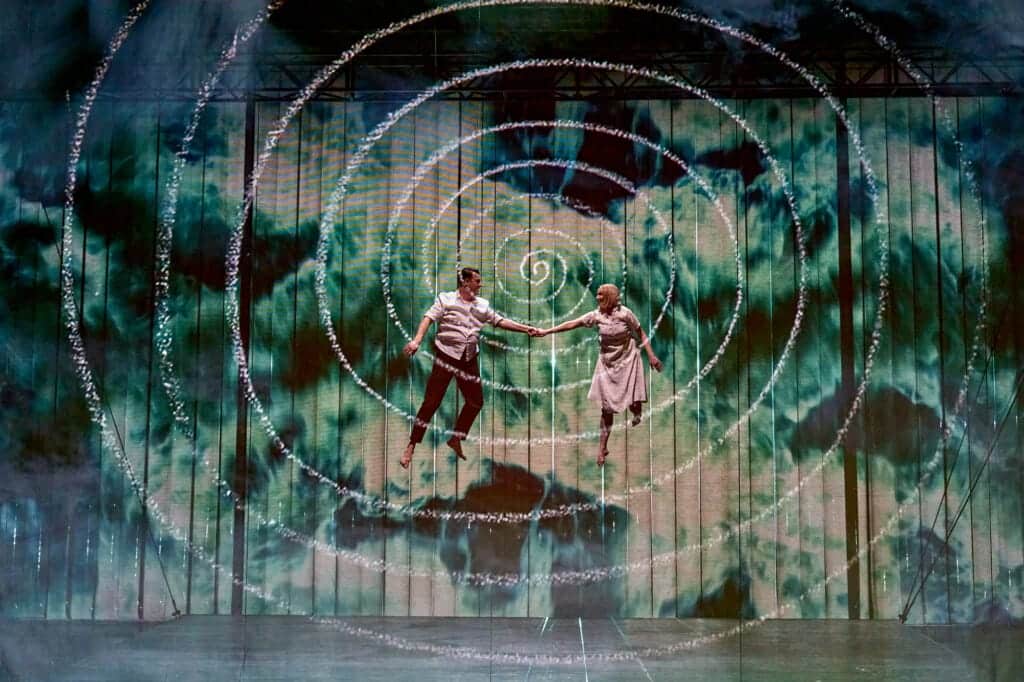
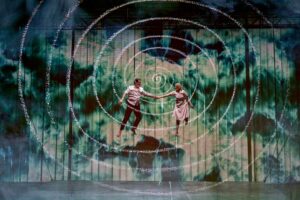
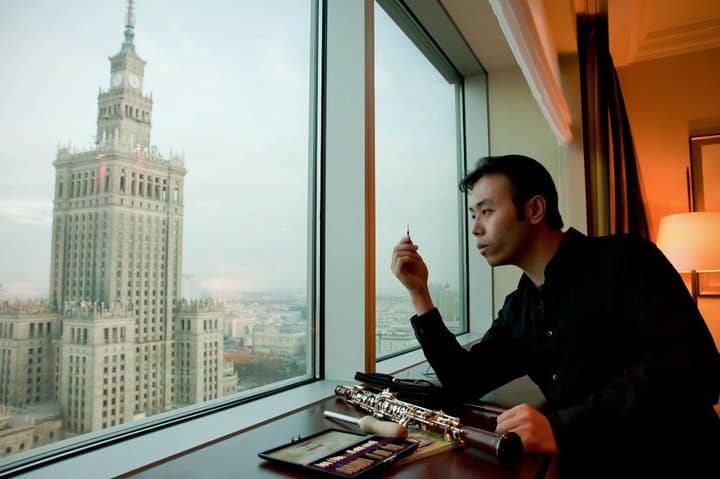
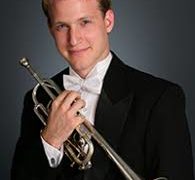
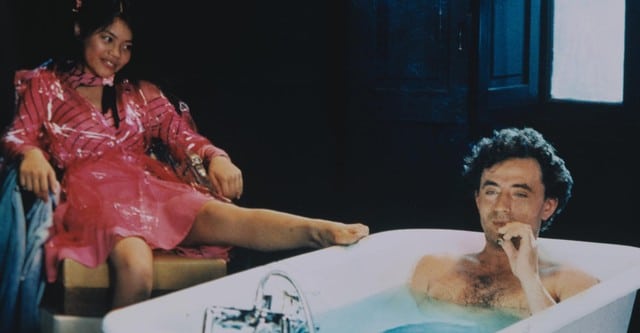
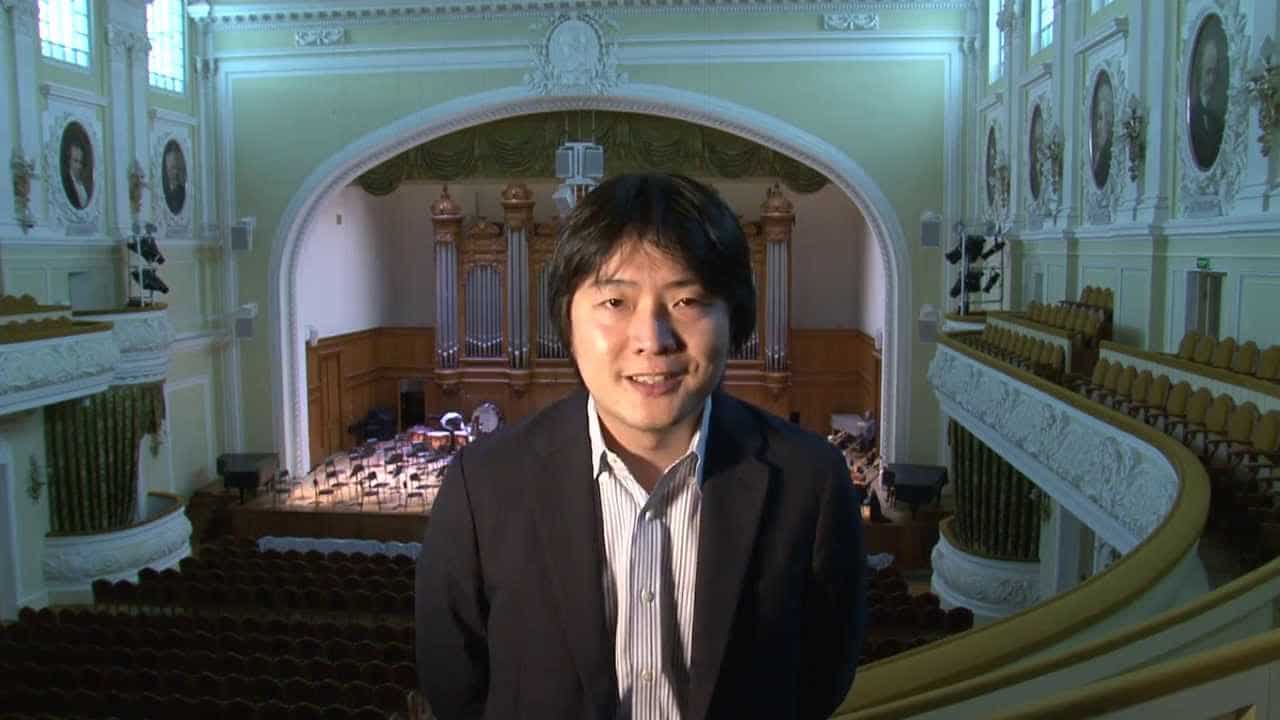
Just listen to the glorious music on CDs and forget about the ego-trips of the non-musicians employed by the theatre. Prima la musica ….
There was but she rushed through with no heart no cham no feelings but being a woman she got moderate reviews.
The entire show was in some parties well done with good ideas but definitely nit what the woke liberal press is making of it – most was dull and not inspiring at all – going with youngsters who have been rather new to Opera it was a huge disappointment at first interval and then got some lovely moments.
The hype of McBurney is again so irritating and honestly except the Queen there was hardly any great singing – no wonder it wasn’t sold out and all the help of the nonsense in the media didn’t seem to help either
Sorry, was there an orchestra in this production?
I loved Simon McBurney’s Flute, as did my newbie companion at the Met HD. I also enjoyed Barrie Kosky’s Flute. I know it’s a masterpiece, but the weak vaudeville shtick ruins for me. Barrie and Simon created a compelling vision of MF. I think it needed that.